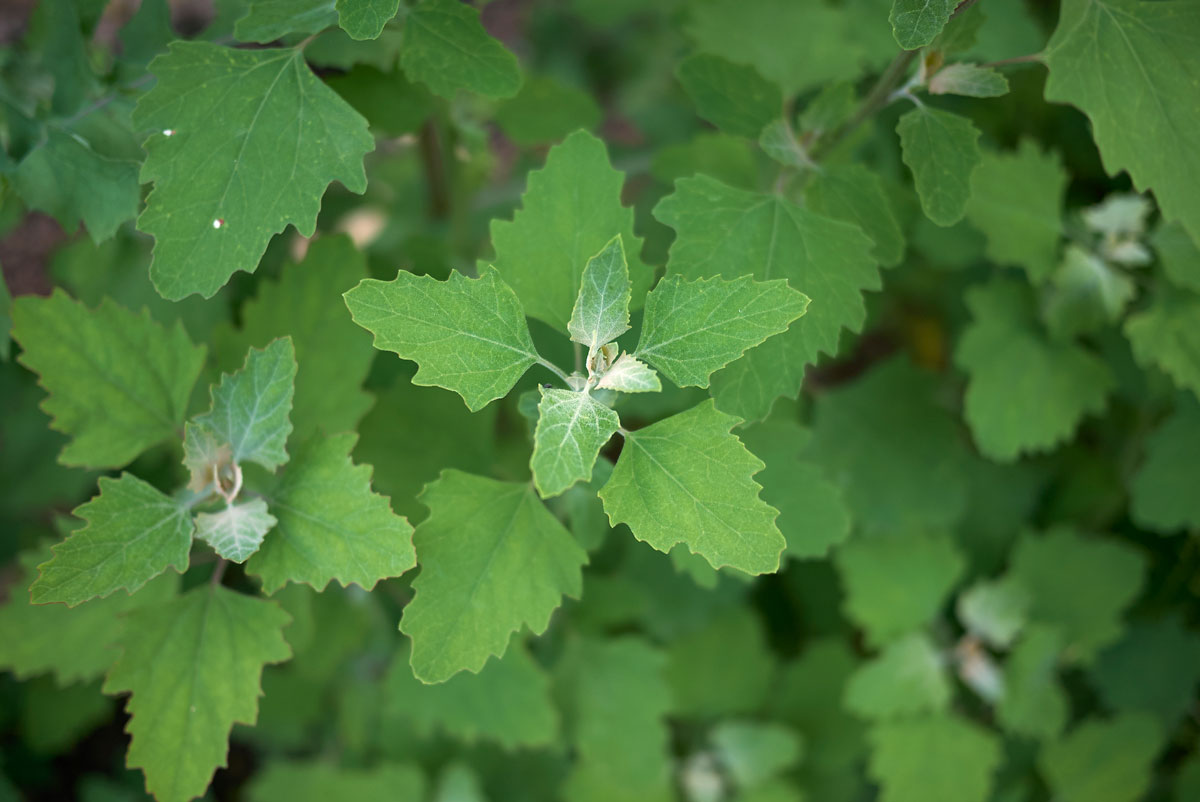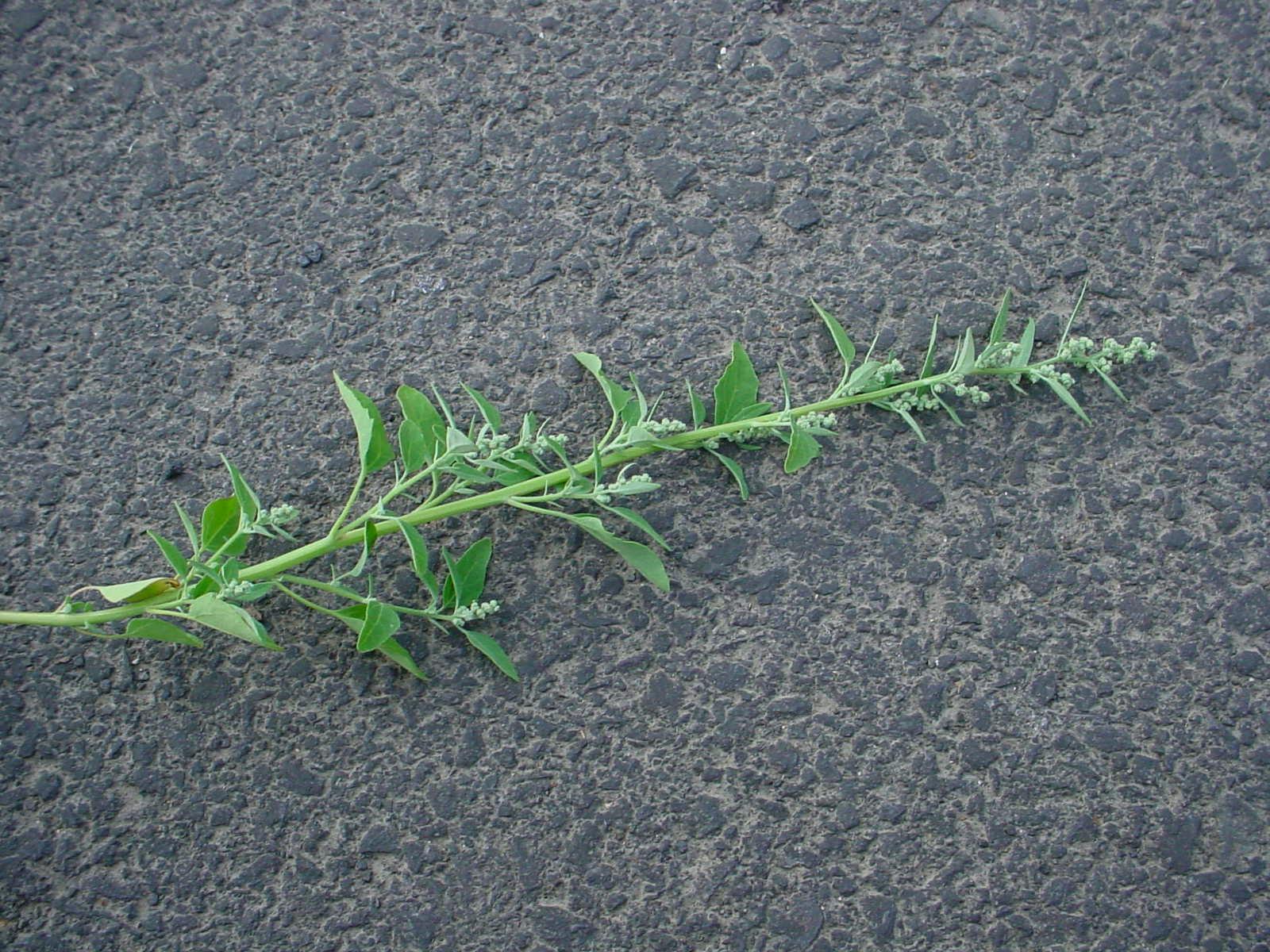Weed Control and the Life Cycles of Weeds
Some weeds come and go in a single season, some come back every year, and some grow into long-lived trees. Knowing which kind of weed you have is the key to controlling it.
Disturb the soil in a garden bed anywhere in the U.S., and you’re likely to see lambsquarters pop up in spring through early summer. This plant is one of the planet’s most common and far-reaching weeds. It’s found in all 50 U.S. states as well as throughout most of the temperate world.
It’s a plant that’s been around a long time, too. Bronze-age Asians and Europeans foraged it as a leafy green. By the ninth century, lambsquarters was often eaten along with lamb and bread made from the season’s first grains at an English harvest festival known as “Lammas Day.” (The name traces to that connection.)
Lambsquarters (Chenopodium album) is a member of the amaranth family, which makes it a relative of another widespread weed – pigweed – but also the common edibles quinoa, spinach, and red beet. It’s sometimes called “wild spinach” and occasionally “white goosefoot.” Lambsquarters leaves and stems are edible and are a good source of iron, vitamin C, and other minerals. The seeds can be ground as a grain and used as flour.
Most people, however, view lambsquarters as a prolific weed that’s a regular “cast member” in vegetable gardens, flower beds, farm fields, and other disturbed-soil sites. One reason this weed is so prolific is that it produces a lot of seed. A single lambsquarters plant is capable of producing 70,000 or more seeds in a single season.
Another survival advantage is that the seed doesn’t germinate all at once or within a year or two. Seeds have varying dormancy ability, allowing some to sprout the next year but others to stay dormant in the soil for 10 or 20 years – even longer when buried. Seeds sprout best in the top inch of soil, which is why lambsquarters outbreaks are common after a garden has been dug or tilled. That action stirs dormant, buried seed to the surface, where the light and warmth encourages germination.
A third survivor trait of lambsquarters is that it isn’t picky about growing conditions.
Plants grow in sandy or clayish soil, in acidic or alkaline pH, and even in fairly compacted soil. Lambsquarters is also tolerant of drought and salt. Growth is especially explosive when this weed finds a fertilized garden.

Lambsquarters is an upright plant that can grow three feet or more into what looks like a narrow, well branched, weed tree. The leaves are diamond shaped, about one to two inches long, and have notched edges or “teeth.” The lower leaves tend to be the widest and “toothiest,” while the upper ones are often more lance-shaped and smooth-edged.
Leaves emerge alternately from the stems, except for the first new set, which are opposite one another. A key identifier is that the leaf undersides have a grayish cast. Look closely at the stems, and you’ll find faint reddish streaks.
Lambsquarters seeds start sprouting when daytime temperatures reach the 50s, but additional seeds often sprout until summer temperatures reach the upper 80s. Seed stalks sport narrow clusters of tiny, grayish-white flowers from June to September. Then mature seeds drop before the plants die with fall frost.
Lambsquarters is a summer-annual weed, meaning each year’s plants die to give way to a new set of seed-sprouted weeds the following summer.

Lambsquarters (Chenopodium album)
Lambsquarters doesn’t spread far by wind, but it does move around via animals, shoe bottoms, mowing equipment, rain runoff, and in manures applied as garden fertilizer (seeds don’t digest well in animals).
Since lambsquarters is such a prolific seeder, it’s important to keep plants from maturing new seeds. Fortunately, plants are shallow-rooted and come out easily by hand or by hoe. Just be sure to get them as young as possible and definitely before flowers begin setting seed. Lambsquarters plants also can be killed with a flame weeder or spot-sprayed with liquid herbicides. Check herbicide labels for usage directions and to make sure lambsquarters is listed.
The germination of new lambsquarters plants can be prevented with a layer of mulch or with annual applications of a granular weed preventer.
Both Preen Garden Weed Preventer and Preen Extended Control Weed Preventer are labeled for control of lambsquarters. These products can be used over and around most existing garden plants (see product labels for exceptions), but they have to be applied in early spring before new lambsquarters begin sprouting.
In edible gardens, Preen Vegetable Garden Natural Weed Preventer is an option that uses corn gluten meal as the weed-preventing agent.